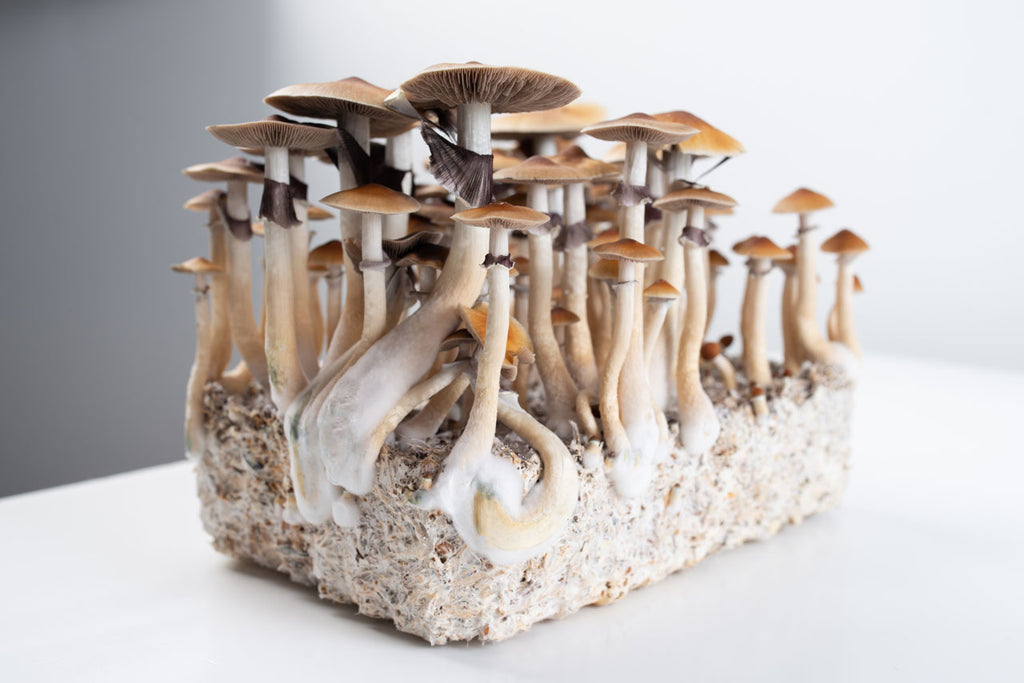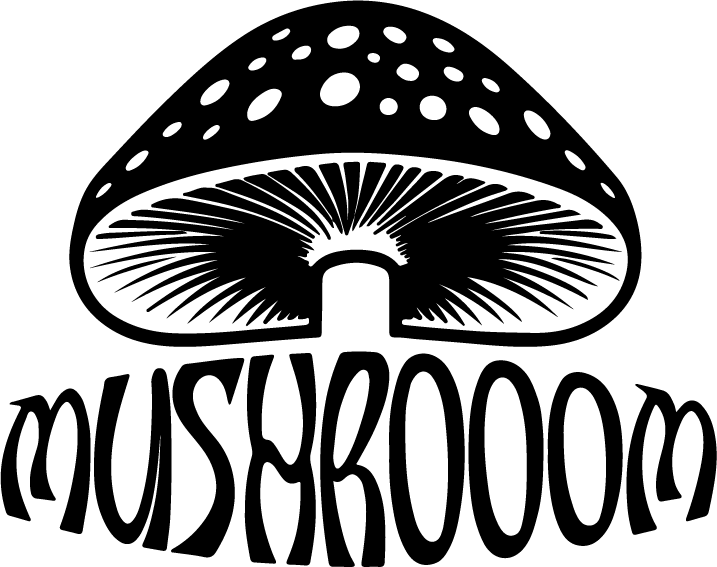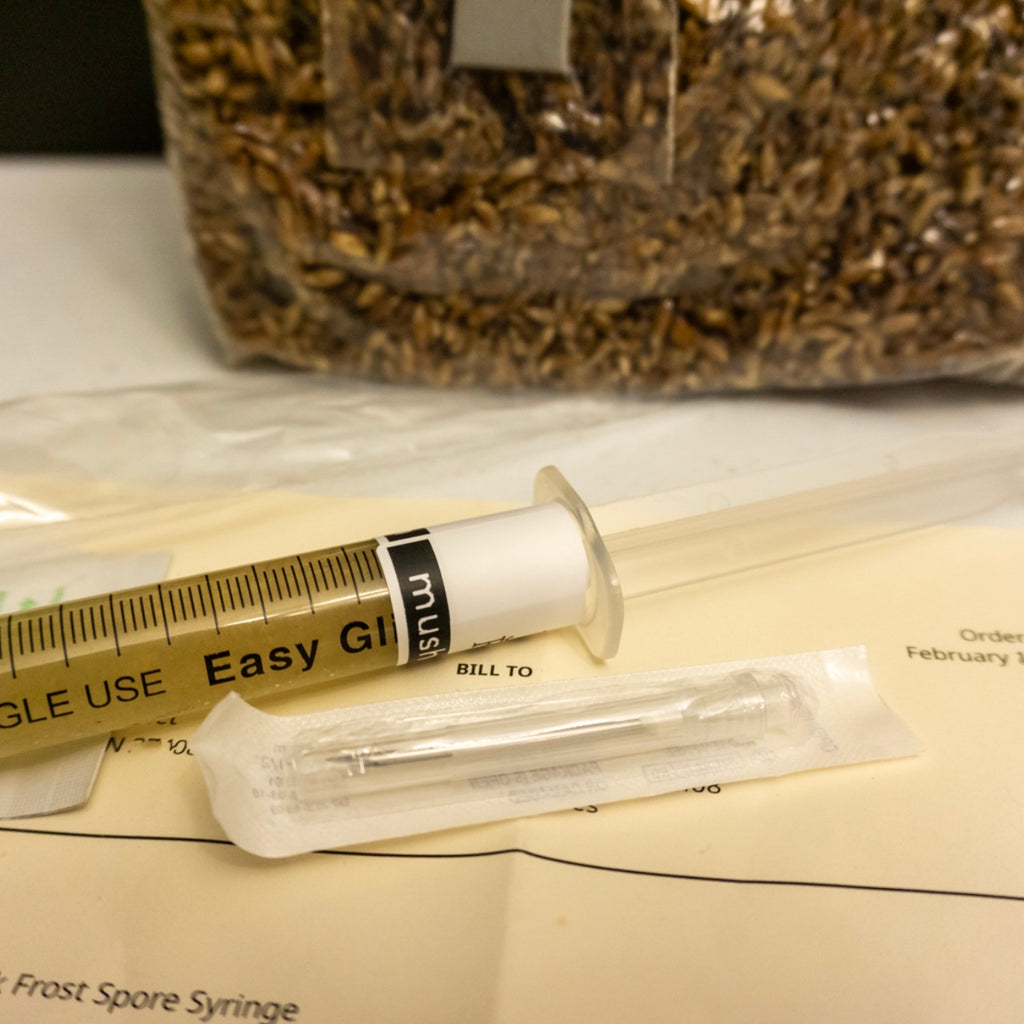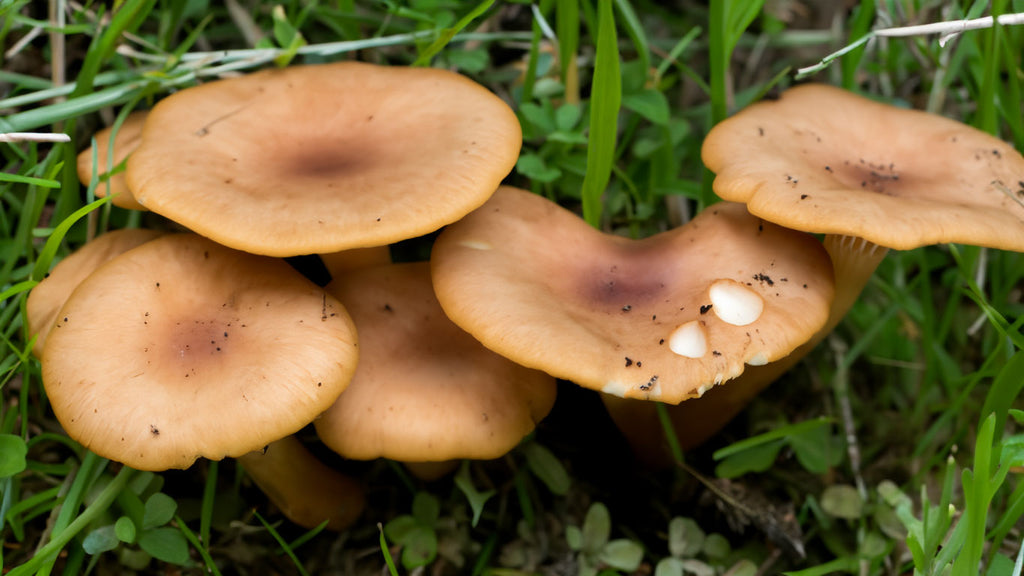
What are Psilocybin Mushrooms? What is Psilocybin?

Mycology, the study of mushrooms, is gaining new enthusiasts, and mushrooms are emerging as a potential alternative treatment for various health imbalances. They are already being used worldwide for therapeutic purposes.
Mushrooms, highly valued by vegetarians for their nutritional content, can even produce vitamin D when exposed to sunlight. They are rich in essential nutrients, including B vitamins, vitamin C, potassium, phosphorus, calcium, sodium, and zinc.
Therapeutic mushrooms are rich in compounds and nutrients that promote health. Traditional Chinese medicine has been using mushrooms for centuries. In the U.S., research in the 1960s explored their potential to boost the immune system and inhibit cancer with extracts.
While mushroom foraging is popular, it's risky, as some edible mushrooms look very similar to poisonous ones and require expert identification. Additionally, mushrooms can absorb toxins from their environment, so be careful!
Some mushrooms obtain nutrients by breaking down organic matter or parasitizing plants because they can't perform photosynthesis. Edible and poisonous mushrooms often grow near the roots of oak, pine, and fir trees.
The intriguing area of research involves the use of psilocybin, a naturally occurring compound found in certain mushrooms. Psilocybin has shown promise in treating addiction to alcohol and cigarettes.
Recent studies indicate that psychedelic drugs may alleviate anxiety and depression in some cancer patients, with mood-improving effects lasting for several weeks after consumption in certain cases. While mushrooms have captivated human interest for centuries, they may now be entering a new era of discovery, revealing their therapeutic potential and hidden properties.
These fungi could hold the key to long-hidden mysteries and medical conditions. The history of using mushrooms for healing goes back thousands of years, and their effectiveness is well-established. It's time for more focused research to explore their broader applications and capabilities, unlocking the potential of this delicate gift from nature.
What is Psilocybin?
Psilocybin is a natural substance found in certain mushrooms. When people eat these mushrooms, psilocybin changes into another substance called psilocin in the body. Psilocin affects the brain and can lead to experiences like seeing things that aren't there, time feeling different, and unusual thoughts.
People have used psilocybin mushrooms for a long time in different cultures for spiritual or mind-opening experiences. More recently, scientists have been studying them to see if they can help with mental health issues like depression and anxiety.
What Mushrooms contain psilocybin?
Psilocybin is a naturally occurring psychoactive compound found in certain species of mushrooms. Some of the most well-known psilocybin-containing mushrooms include:
-
Psilocybe cubensis: This is one of the most widely recognized and cultivated species of psilocybin mushrooms. It is commonly referred to as the "Golden Teacher" or "Cubensis" and is found in various parts of the world.
-
Psilocybe semilanceata: Also known as the "Liberty Cap," this mushroom is found in Europe and North America and is known for its distinctive conical cap.
-
Psilocybe azurescens: These mushrooms are particularly potent and are known for their high psilocybin content. They are primarily found in the Pacific Northwest region of the United States.
-
Psilocybe cyanescens: Another potent species, often referred to as the "Wavy Cap," these mushrooms are found in various parts of the world, including the Pacific Northwest of the United States and Europe.
-
Psilocybe baeocystis: Also known as the "Knobby Tops," these mushrooms are found in the Pacific Northwest region of North America.
-
Psilocybe mexicana: These mushrooms have a long history of traditional use in Mexico and are often referred to as the "Mexican Magic Mushroom."
-
Psilocybe tampanensis: Known as the "Philosopher's Stone," this species was originally discovered in Florida and is now cultivated for its psychoactive properties.
What do Psilocybin Mushrooms look like?
Psilocybin mushrooms, often referred to as "magic mushrooms," come in various shapes, sizes, and colors, depending on the species. However, there are some general characteristics to look for when identifying them:
-
Cap: Psilocybin mushroom caps are typically round or convex and can range in size from small (about 1 cm) to large (up to 10 cm or more). The cap color varies, but it is often brown, tan, or reddish-brown. Some species may have a more vibrant or distinctive coloration.
-
Gills: Underneath the cap, you'll find gills that radiate from the stem. These gills are often closely spaced and may be white, gray, or purplish-black.
-
Stem: The stem of psilocybin mushrooms is usually cylindrical and can vary in length. It is often white or pale in color, although some species may have a bluish tint.
-
Veil: When the mushroom is young, it may have a veil that connects the cap to the stem. As the mushroom matures, this veil often tears, leaving remnants on the stem or as a ring around it.
-
Spore Print: Taking a spore print can help with identification. To do this, place the cap, gills down, on a sheet of white paper for a few hours. The spores released will leave a pattern on the paper, which can vary in color depending on the species.
It's important to note that while many psilocybin-containing mushrooms are not toxic, there are also non-psychoactive mushrooms that look similar and can be poisonous. Therefore, unless you are an experienced mycologist, it's not recommended to forage for wild mushrooms for consumption.
Mistaking a toxic species for a psilocybin-containing one can have serious health consequences. If you are interested in using psilocybin for therapeutic or recreational purposes, it's safer to obtain them from a reputable source or consider legal alternatives where available. Always exercise caution and prioritize safety when dealing with wild mushrooms.
Can you smoke psilocybin mushrooms?
Smoking psilocybin mushrooms is not an effective way to consume them. Psilocybin is a compound that becomes psychoactive when ingested and metabolized in the body. Smoking mushrooms would not deliver the desired effects and could be harmful to your health.
Typically, psilocybin mushrooms are consumed orally by eating them fresh or dried, making them into a tea, or even incorporating them into food. Trying to smoke them would likely result in the destruction of the active compounds, rendering them ineffective.


